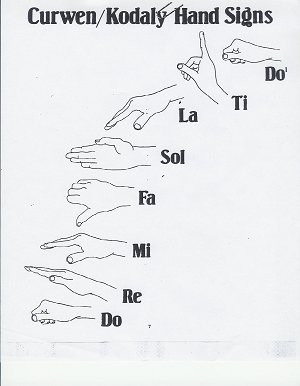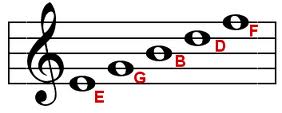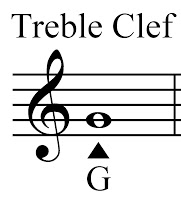Every music class, new music vocabulary words are introduced to the students. Here are the words we have learned so far, with their definitions:
musician: a person who makes music by singing or playing an instrument
choir: a group of singers who sing together
singer: a musician who uses his or her voice to make musical sounds
solfege: a musical scale that uses do, re, mi, fa, sol, la, ti, do

melody: the top musical line of a song
harmony: the second musical line of a song, below the melody
call and response: when one person/group has the first part of a musical line, and another person/group responds with the second part of the musical line (also known as “question and answer”)
diction: using clear words and voices to sing
head voice: the voice you use to sing high notes, usually light and airy
chest voice: the voice you use to speak and sing low notes
__________
Parts of a Song
chorus: the repeated section of a song
verse: the section of the song that tells the story
bridge: the section of the song that connects the verse with the chorus
hook: the section of the song that connects a middle chorus to the last chorus of the song
reprise: when a previous section of a song repeats later on
__________
instrument: an object which makes musical sounds when played
orchestra: a group of musicians who play instruments together to make music
__________
Tempo: the speed of the music
adagio: slow
allegro: fast
__________
Dynamics: the volume of the music
forte: loud
f
fortissimo: very strong and loud
ff
piano: quiet
p
pianissimo: very quiet
pp
__________
Music Literacy and Notation
note: a sign used in music to represent the pitch and length of sound
rhythm: a sound pattern
staff: the five lines and four spaces we draw notes on

treble clef: the spiral sign that is used for high musical pitches (also known as the G clef because the spiral is around the note “G”)
musical alphabet: the pitches of music – the 7 letters A, B, C, D, E, F, G
space notes: the notes that take up the spaces on the staff

line notes: the notes that are on the lines on the staff (there are 5 lines)

sharp: raises a pitch up by a half step (sharp sign: ♯)
flat: lowers a pitch down by a half step (flat sign:♭)
Examples of sharps and flats:
composing: writing and making your own music



Very informative, love this…
LikeLike